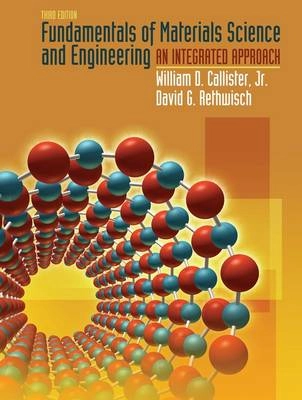

Fundamentals of Materials Science and Engineering: An Integrated Approach,Upplaga 3
- Upplaga: 3e upplagan
- Utgiven: 2007
- ISBN: 9780470125373
- Sidor: 882 st
- Förlag: John Wiley & Sons
- Format: Inbunden
- Språk: Engelska
Om boken
Åtkomstkoder och digitalt tilläggsmaterial garanteras inte med begagnade böcker
Mer om Fundamentals of Materials Science and Engineering: An Integrated Approach, (2007)
I december 2007 släpptes boken Fundamentals of Materials Science and Engineering: An Integrated Approach, skriven av William D. Callister. Det är den 3e upplagan av kursboken. Den är skriven på engelska och består av 882 sidor. Förlaget bakom boken är John Wiley & Sons som har sitt säte i Hoboken.
Köp boken Fundamentals of Materials Science and Engineering: An Integrated Approach, på Studentapan och spara pengar.
Referera till Fundamentals of Materials Science and Engineering: An Integrated Approach, (Upplaga 3)
Harvard
Oxford
APA
Vancouver



















